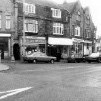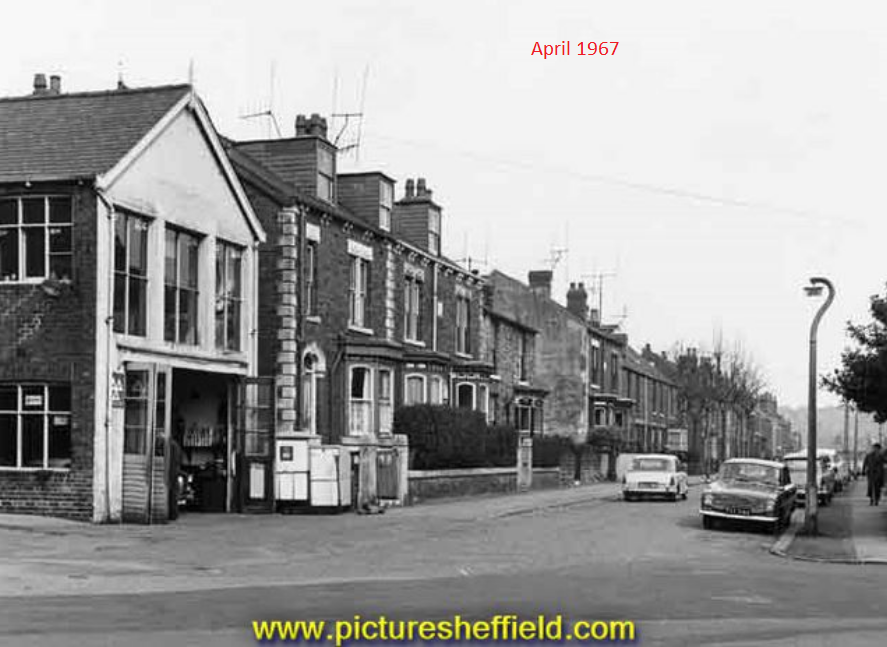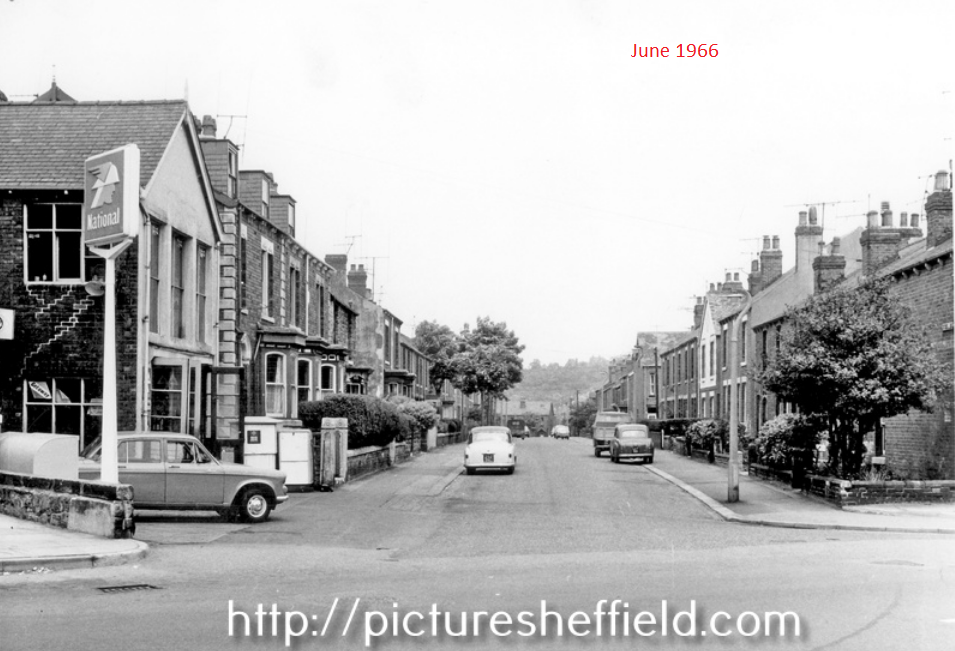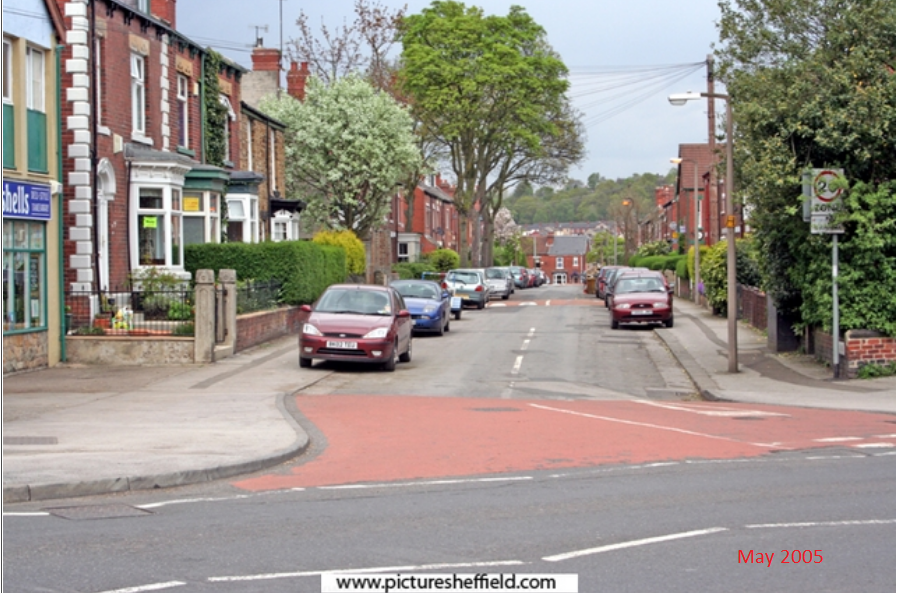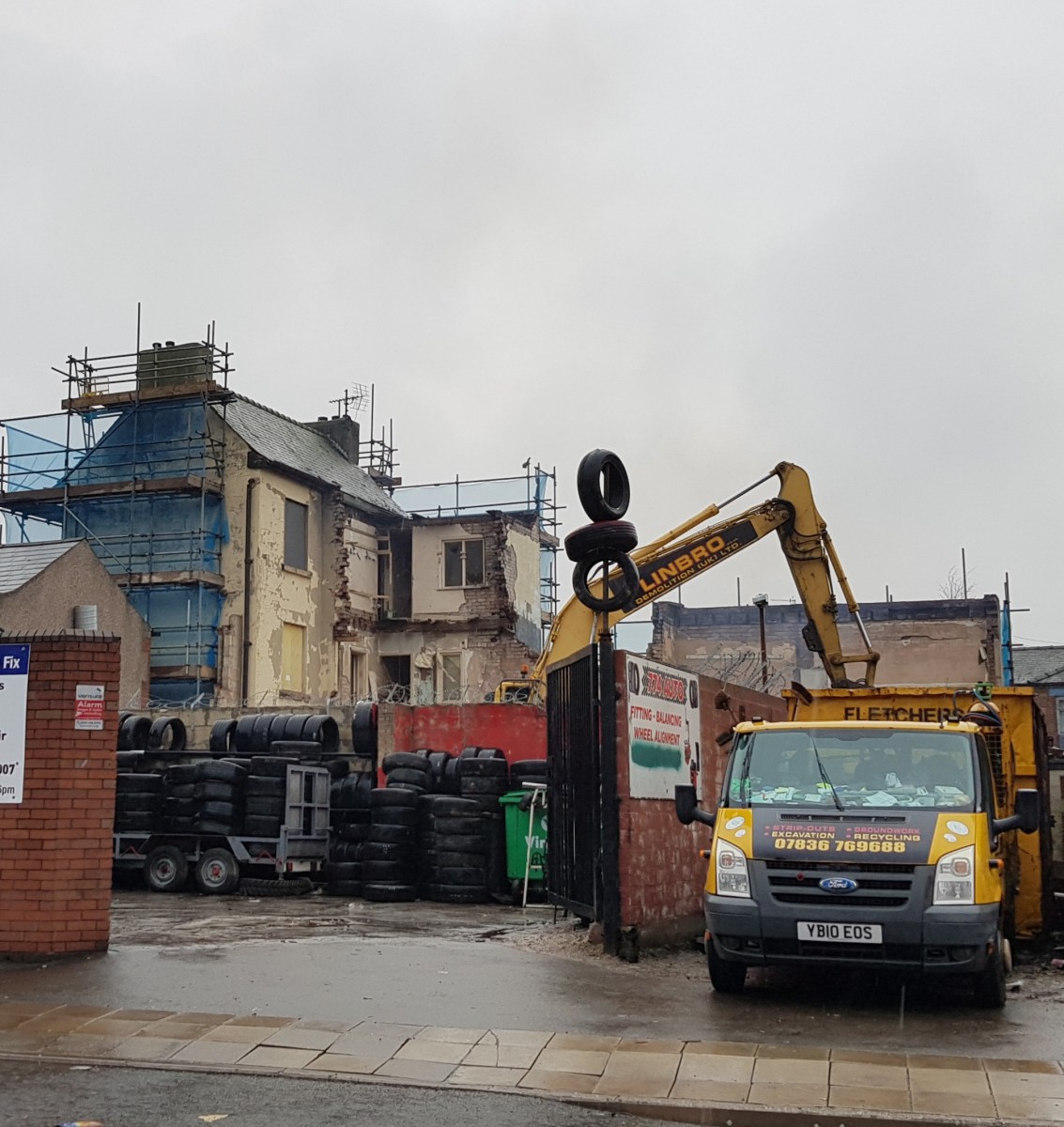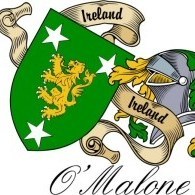Leaderboard
Popular Content
Showing content with the highest reputation on 14/01/21 in all areas
-
Change Alley does not appear on the 1736 Gosling map. Leonard Webster (Town Trustee 1744-73 and landlord of Kings Head) cut up the bowling green of the Kings Head for building plots, and made the throroughfare called Change Alley. That name is used to describe a way into the yard of a large inn. Although Jewish travellers and journeymen visited Sheffield from the 1650s to buy silverware and cutlery, it was not until 1786 that there is evidence that Jews lived in the town. Isaac and Philip Bright from Biarritz (1786). Jacob Gehrwin (1787) and Abraham Gershon (1797) were the first to live in Sheffield.1 point
-
I was told many years ago that the original Change Alley was where the money changers did their business, they were mainly Jewish and not allowed to ply their trade within the walls of Sheffield Castle. I’ve no evidence to support this but thought it worth posting.1 point
-
In case anyone is wondering on the position of these 1980's pictures. I can take you through them. The first picture is platform 3 the top end with the lines in the foreground leading over the Wicker Arches. Between the column of stone and the red light signal is the fuzzy image of the signal box, which I mentioned that I had to avoid the signalman in my last post. Picture two and three is platform two looking down the other way to the above picture. You can see the remains of the bay platform or platform one which would not need to be accessed by the subway system or bridges. The bay platform was the first platform to have it's line lifted first, which must have happened as early as 1966. For a 1967 picture has no trace of the track, except the ballast impression. I suspect before it's removal that it was used only by DMU's for local services to the north, such as Doncaster or out to Lincoln. When these were sent to Midland they wasted no time in lifting the track. Personally if I had been in charge of the two Sheffield stations I would have put in a link service using a two car DMU running back and forth between Midland and Victoria using the bay platform. Reversing the DMU to go down the Nunnery line, rather like they did with the Huddersfield service after the closure of Victoria. The last picture is platform 3 looking down the other side, with Platform 4 over the tracks. The Green building on Platform 4 was the licensed buffet which was quite new and the last thing to be added to the station. You can see on the first and last picture the stone beams the remains of the overall roof which was removed well before the station closed.1 point
-
Incidentally I think the good folks of Woodseats and thereabouts owe a MASSIVE debt to Ray ? Brightman who must have been constantly out with his camera capturing what would have been mundane street scenes but have captured the changes over a significant period and comprise the bulk of Picture Sheffield’s catalogue1 point
-
I’d sort of worked out it must be between very late 60s and late 70s and Edmunds photos verify that. I notice on the last pic that the building was Seashells cafe at the time1 point
-
We watched the full monty last bit and Realised this is a still from the film!1 point
-
I lived opposite the camp on Raeburn Road, late 5Os when the maisonettes were newly built so had a grandstand view of what to a young lad, was a fascinating place. Yes definitely two ‘gate guards’ ; a wartime monoplane fighter ( I’d have said a Hurricane but bow to better recall of others. Similarly, I’d have said in camo colours but unsure now. Certain however that’s its small (jet fighter) companion was silver though couldn’t now state its type). Recall the ’At Home Days’. Also the active maingate/guardroom. I believe that the place even had its own (WAAF) band! My understanding was that the Station was mainly a wireless maintenance unit - they had Bedford QL box and GS body wagons which I believe followed the Op Overlord invasion force into Normandy, I guess in support of the Tactical Air Force. It was also a local barrage balloon site, as others have stated. RAF NORTON also had a dubious reputation with aircrew as the Med Unit/hospital took flying nervous exhaustion cases and it seems that the term ‘Low Moral Fibre’ was part of the vocabulary there. I think there was a link with the The Matlock Hydro Hotel which was used for similar purposes - though possibly for Commissioned Officer Aircrew, whilst Norton was for WOs/NCOs? When I was last in The City, the shell of the old medical centre was still standing - the low building closest to the ‘Bagshaw roundabout ‘. People always assumed that there was a runway there which of course, there wasn’t! Saw the place progressively falling apart in the remaining years I was in Sheffield. Heard about but don’t recall, the big Admiralty sheds at Four Lane Ends (I think in the vicinity of the big schools and the new St James? Shopping Centre which I think were finally demolished as late as the 60s but I don’t recall them. I was told that they were used for rebuilding old biplanes which were flown in and out of Apperknowle grass strip... but truthfully, beyond my positive knowledge. In summary, Gleadless and surroundings an interesting area in this context.1 point
-
I guess back in in 80s/90s I had a very interesting conversation with the old fella who ran what I think would be called a ‘Little Mesters’ workshop directly behind Morton’s (though I think unconnected ) where the flats complex now is. He was showing me some ‘serious’ and very expensive (non-Rambo!) hunting/survival knives which he was making and selling to selected customers only. He was situated on a narrow lane, first right down the lane in the photo, now blocked with a lamp standard and a grit bin. He said that a car load of ordinary looking guys dressed in jeans etc, had some months before, driven down in a car and asked to look at the specialist knives (which he was showing me). They said that theyd been referred to him by The Australian SAS Regiment who had seen... I believe bought, one or more of the knives and were very impressed with their quality (I’ve seen/handled many in my time and they WERE, truly exceptional specimens). One of his Brit visitors asked to borrow two or three to take outside. Gulp! Very nervously, the knife smith allowed them to do so but under only his direct supervision (notwithstanding his barely controlled fear about the odd visitors!) The guy doing the talking then went to the car boot and took out a heavy ‘lump’-type hammer walked over to what would be Morton’s back wall and proceeded to HAMMER them...nigh on, 200quid knives into the mortar one above the other before a couple of the men proceeded to walk up and down the improvised ‘steps’ which to their great credit didn’t move or bend under their weight! Before the proprietor could gasp out his total disbelief and horror at the likely ruination of the two knives, he was paid for them, left with an order and a means of contact for when the knives were ready. The men left almost as quickly as they’d arrived .....and the order collected, as anonymously, in due course. MY account, all perfectly true. The knife smith, who I didn’t know, was from memory, a responsible looking man in his 60s and didn’t appear a romancer but a clearly highly - skilled maker of very superior, ‘working’ knives - no inflatable Boy Scouts in the handle, or even a compass in them - quite definitely NOT toys for wanabe commandos either in design our price!1 point
-
Whoops! Yes, it is obviously Abbey Lane, I don't know why I made that error. Possibly my early onset something or other. 20 Abbey Lane: 1904 - 1911 Joseph Evans, Company Secretary (tool firm) 1907 - 1915 George Sampson & Son Auctioneers, Valuers and Estate Agents (run by Harry and Edward Sampson) Harry was secretary of the Norton Show 1920 Abbey Garage - proprietor Walker 1925 Frederick Wood proprietor of Abbey Garage 1920 - 1939 S Higton & Sons builders, joiners and contractors, run by Charles and Thomas Higton. In 1939 Thomas Higton (bricklayer) wife Elizabeth Higton (fish fryer) and son Eric Higton (automobile auto electrician) 1957 J.W.Fisher garage proprietor and Mrs Elizabeth Higton (fried fish dealer) 1969 J.W.Fisher garage proprietor , Joseph C Morton, and Bettique Hair Fashions 1982 Compulsory winding up of Abbey Garage Ltd1 point
-
1 point
-
Yes. Remember the Slammer in the 70s . I had friends who worked at the Town Hall and it was considered a cool, trendy place to dine Attercliffe style. Very basic menu and limited choice served in large white bowls, I think. It was very unlike the Vesta Beef Curry I’d been buying as a curry connoisseur a few weeks previously.1 point
-
I managed to sneak onto the station in the late 1970 via the cattle dock bay and used the white steps to get onto the platform. We had to sneak pass the signal box when the guy wasn't looking. It was bit more intact at that point too. It always fascinated me even to this day. I suppose it was due to the fact that it was very different to Midland Station. Being raised above ground and having the electric overhead wires running through it. The style of the buildings was different to the Midland and for someone interested in train spotting there was the possibility of seeing locos that didn't go into Midland station. After a while you got fed up of the endless DMU and class 45 going to London and back, plus 47 doing everything else at Midland. The only time you got to see anything of the Victoria line was the excursion trains to the seaside places that took the Nunnery Curve towards Darnall. I could swear I saw a steam loco (shunter) parked up in the sidings once, as well as stacks of freight trains that didn't pass through Midland station at all. Darnall station too had lots of old buildings on it, which made it look old and fascinating. It took me many years to work out how you got onto the platform at Darnall. Sadly the station has only a bus stop shelter on the platform. Which probably contributes to it being the leased used station these days in South Yorkshire.1 point
-
1 point
-
Lived at No.7, which is the house to the left of the gennel at the side of the van. That is in fact my dads old van. Spent many a Sunday off to Brid and Skeggy in that. Dare say the kids playing on the pavement are me and my brothers, I must have been about 5 when that was taken. Behind the camerashot, in the the right hand corner, was a scrap yard. Halfway down the road,on the right hand side was the rag and bone mans house. To the bottom of the road, fronting Broughton Lane, was the corner shop.1 point
-
1 point


